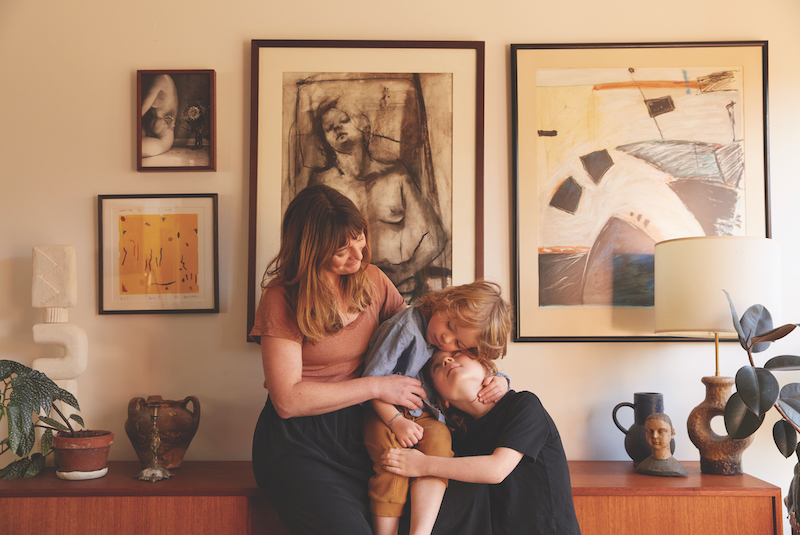Journalist and author Chuck Klosterman once said, “Art and love are the same thing: It’s the process of seeing yourself in things that are not you.” It is a useful quote to remember when building an art collection from two (or more) different points of view. While agreeing on a purchase certainly makes the process of buying art easier, there are several ways to navigate opposing tastes in art, and even use it to your advantage.
Shared discovery
Start by going on a journey together. Visit galleries, museums and open studios. Learn about what each person responds to (or vehemently rejects) and let these findings inform future decision making. Art fairs like The Other Art Fair are a useful way to take in a huge range of art and meet new artists. Melbourne-based art advisor Georgie Bruce says clients will often talk about what they like but when exposed to art visually, the immense depth of what is available becomes immediately clear. “People will tell me they love a certain style – abstract, landscape, portraits. I often find what they connect with visually is very different from what they initially said they were interested in. Once you understand the diversity of the artworld, it can be a game changer.”
Take turns
When there is a space in the home one person uses more often, let them choose the art for it. A home office, sunroom or reading nook can become a reflection of personality and inject a splash of the unique into an interior space. Another option is to take turns with art purchases. One partner buys the art they want, then the next purchase belongs to the other. Having opposing tastes can provide a useful base for a richly diverse art collection, full of disparate mediums and an inimitable selection of emerging and established artists. Even sole collectors can have opposing taste at times, as Melbourne-based artist Jessica Tremp explains: “In terms of colours and feel, I seem to have collected a lot of earthy hues, yellow and blues. That may just mean my next acquisition could be something neon and plastic though.”
Bring in others
If you reach a stalemate and can’t decide on an artwork, enlist others to help with your decision. As an art advisor, Bruce reveals, “At times I have been known to be the family mediator. One partner might be very creative, the other very disciplined, and we must meet somewhere in the middle.” She also speaks of a couple who turned to their kids for help with decision making. “A couple asked their son which sculpture he preferred (out of a pair) and they purchased the one he loved. Now whenever people come to their house, they tell them how their son chose this artwork. It builds conversation and forms a connection the whole family has built. In this case, a sole person doesn’t have ownership of those decisions.”
Collecting groups
Joining a collecting group can take the pressure off committing to an artwork long-term, while having all the perks of displaying art in your home. Hobart’s Bett Gallery has facilitated over 20 collecting groups across three decades, including the Derwent Collection and The Maatsuyker Group. In any collecting group, education is key. Members attend regular meetings with curators, gallerists and artists. Funds are pooled and an executive elected annually to purchase art on behalf of the group. These works are then rotated around members’ homes, providing a unique opportunity to live with a range of art, in turn sharpening your eye for what you like, and what you don’t – with the added benefit of group support.

